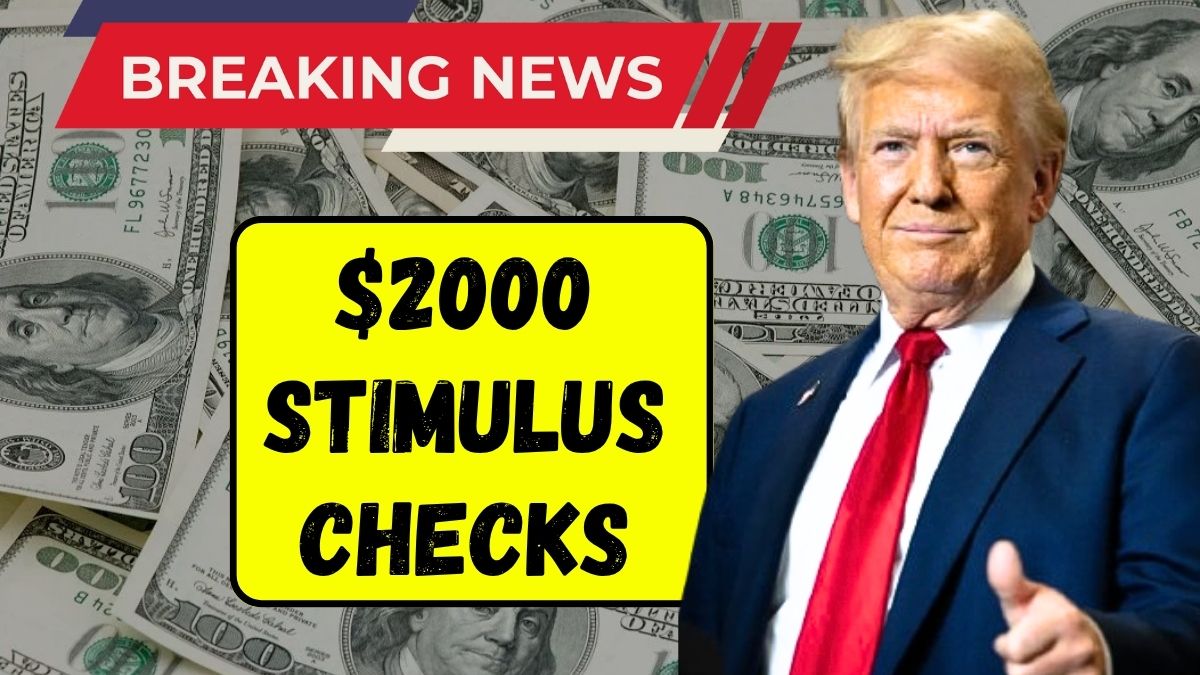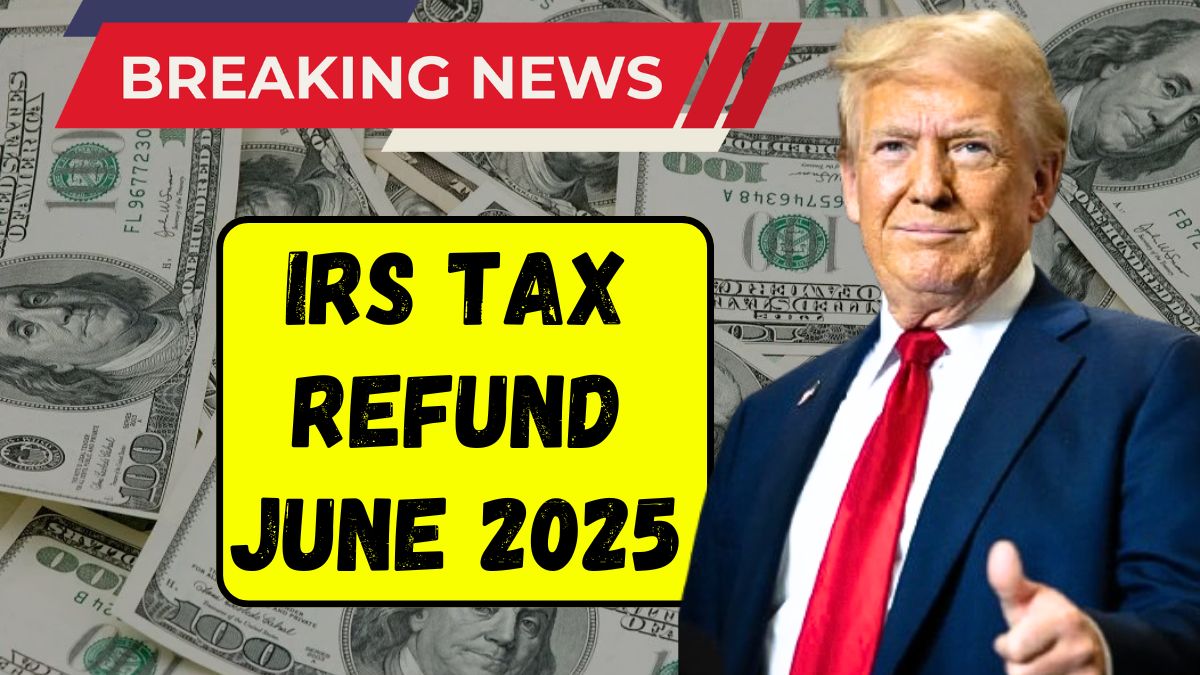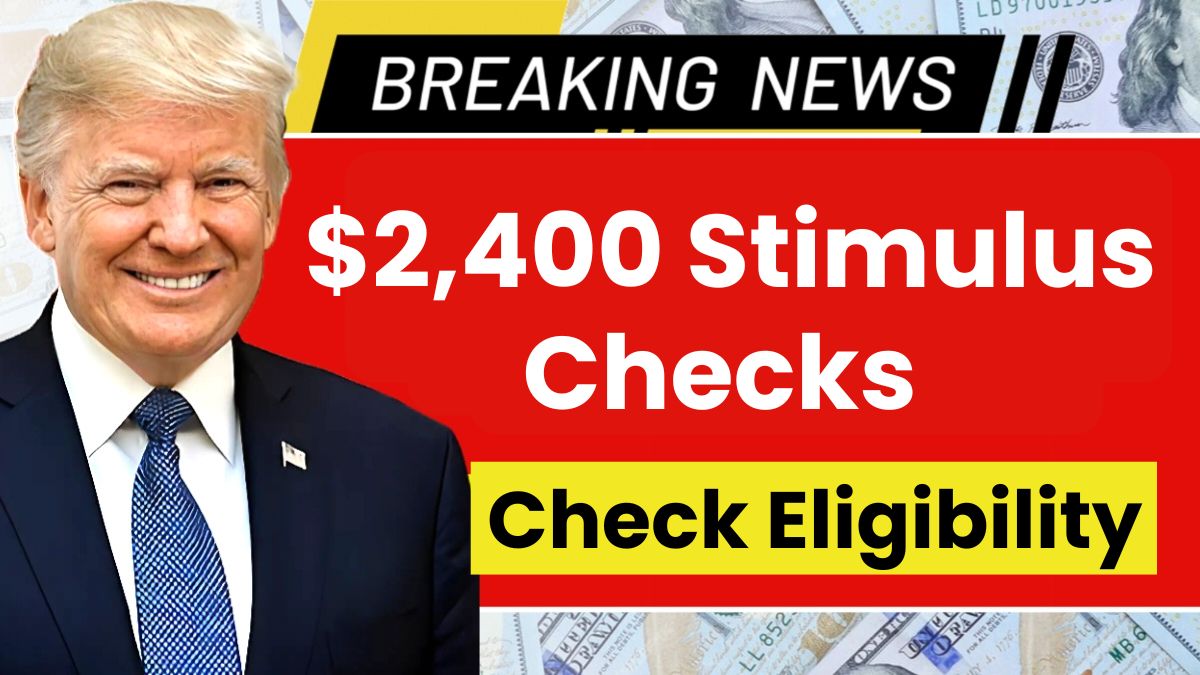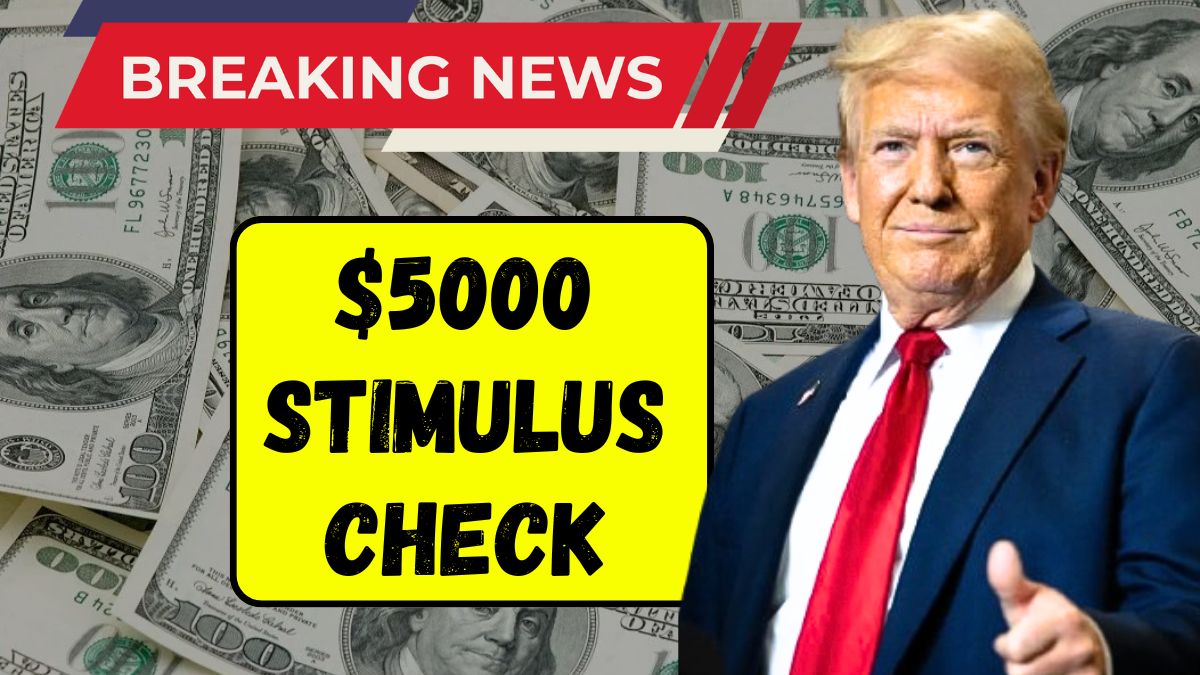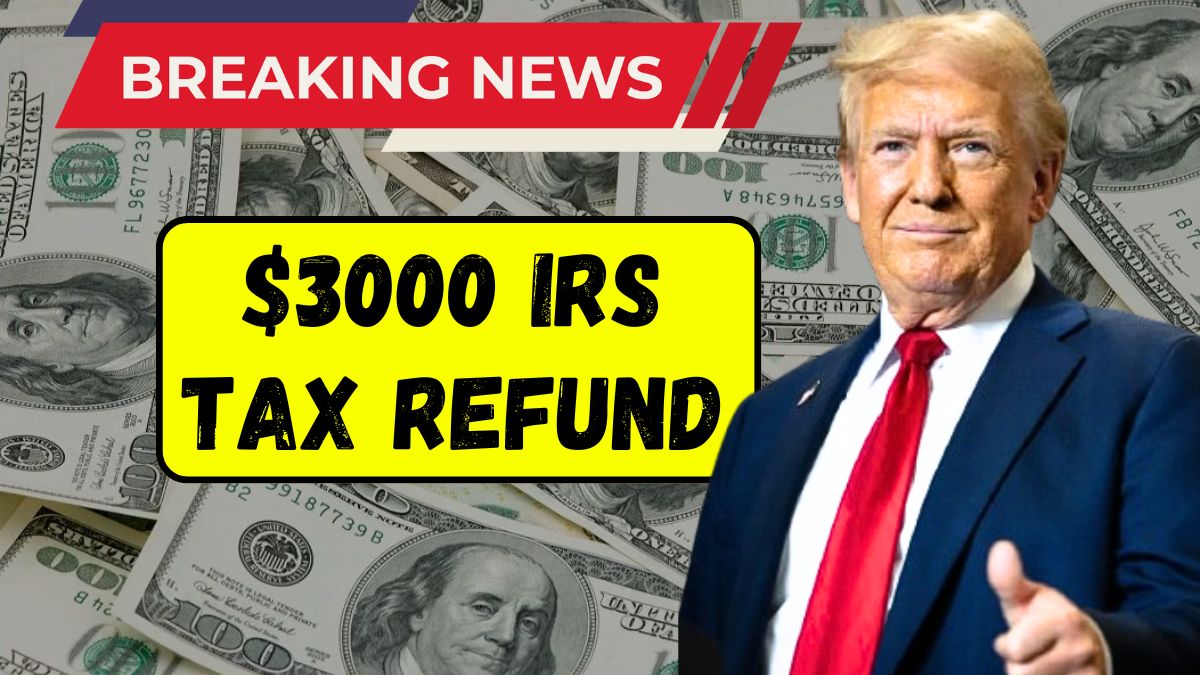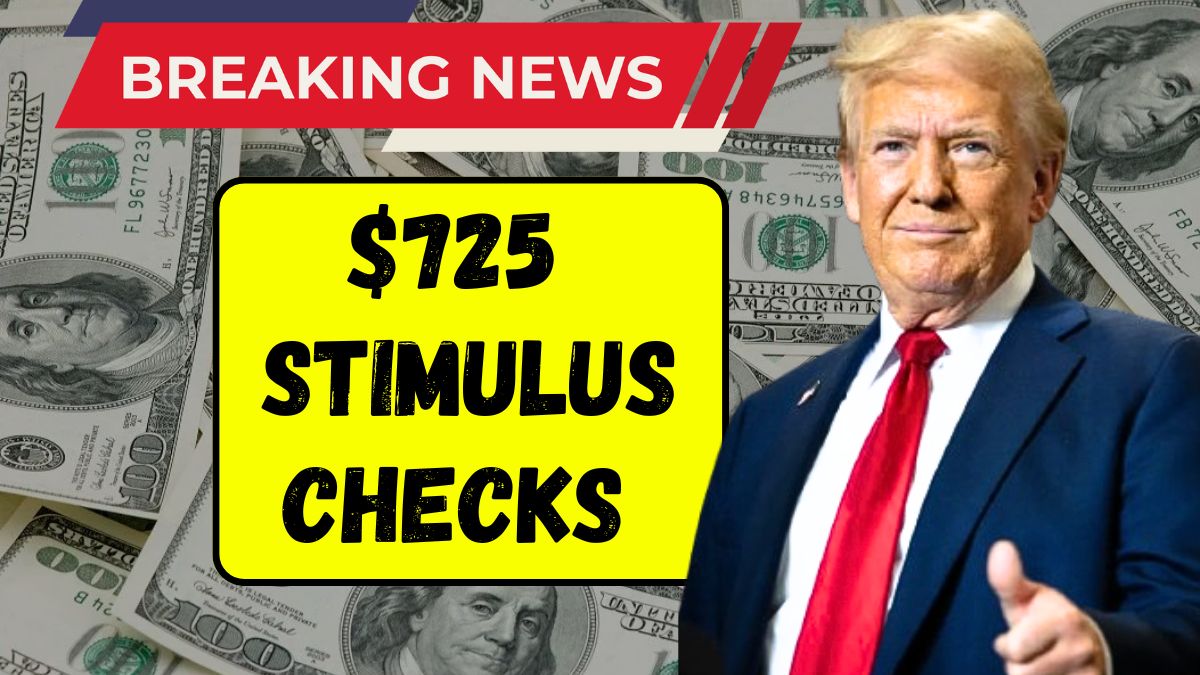With the cost of living continuing to rise across the United States, many Americans are facing serious financial pressure. In response, a new proposal has been introduced by lawmakers: a $2,000 fourth stimulus check aimed at helping individuals and families manage daily expenses like food, fuel, and housing. Although no official approval has been given yet, the proposal has created hope for many who are struggling.
Why Is a Fourth Stimulus Check Being Discussed?
Millions of people across the country are feeling the impact of inflation and rising living costs. Food, rent, gas, and utility prices have all increased in recent years, putting pressure on households, especially those with low or fixed incomes.
To address this, lawmakers in Washington have proposed a $2,000 relief payment to help reduce the financial burden. This new stimulus check is being called the fourth round of government aid following previous COVID-related payments. However, it’s important to understand that, as of now, this proposal has not been approved by the government.
Current Status of the $2,000 Stimulus
So far, the $2,000 stimulus check remains a proposal only. No final decision has been made by the government or the IRS. There is no official payment date, and the proposal is still under discussion. But because of the growing financial struggles faced by many Americans, the topic is gaining more attention.
Here’s a quick summary:
| Details | Information |
|---|---|
| Department Name | IRS (Internal Revenue Service) |
| Program Name | Fourth Stimulus Checks |
| Proposed Amount | $2,000 |
| Payment Date | Not announced |
| Current Status | Proposal only |
| Official Website | irs.gov |
Who Might Qualify for the $2,000 Check?
If the stimulus payment is approved, eligibility will likely be similar to past rounds. Here are the expected requirements:
-
Single individuals earning less than $75,000 may qualify
-
Married couples with combined incomes under $150,000 may be eligible
-
Recipients of Social Security benefits such as SSI, SSDI, and VA benefits may be automatically included
-
Low-income families, seniors, and those on fixed incomes are likely to be the primary focus
-
People who did not file recent tax returns may need to update their information with the IRS
How Would the Payments Be Sent?
If approved, the payment process is expected to follow the same system used in earlier stimulus rounds:
-
Direct Deposit – This is the fastest way. Make sure your bank details are up to date with the IRS.
-
Paper Checks – If no bank account is linked, a check will be sent to your mailing address.
-
Prepaid Debit Cards (EIP Cards) – Used in previous payments, these cards can be loaded with the stimulus amount.
You can track any future payments using the IRS “Get My Payment” tool once a stimulus is confirmed.
Other Support Programs You Can Use
While the fourth stimulus check is still just a proposal, there are other financial assistance programs available right now:
-
Child Tax Credit – Offers extra money to families with dependent children
-
SNAP (Food Stamps) – Helps cover food costs for low-income individuals and families
-
Rental Assistance – Supports people struggling to pay rent or facing eviction
-
Unemployment Benefits – Helps those who are currently out of work
These programs can provide relief while waiting to see what happens with the $2,000 check proposal.
Challenges and Concerns
In earlier stimulus programs, some groups were accidentally left out, such as people with disabilities or those without internet access. Lawmakers now aim to improve the system so everyone who qualifies will receive payments if the new stimulus is approved.
It’s also important to stay safe from scams. Only trust updates from the official IRS website and never share your personal information with unknown sources.
Final Thoughts
The $2,000 fourth stimulus check is a proposal that could provide real help to families and individuals facing rising living costs. While no official approval has been made yet, the debate is ongoing in Washington. Until a decision is confirmed, keep an eye on trusted sources like irs.gov for updates—and explore other assistance programs in the meantime.
Stay informed, stay prepared, and don’t fall for false claims or scams.
Disclaimer: This article is for informational purposes only and does not guarantee any stimulus payment. Always refer to official sources like IRS.gov for the most accurate and updated information.
